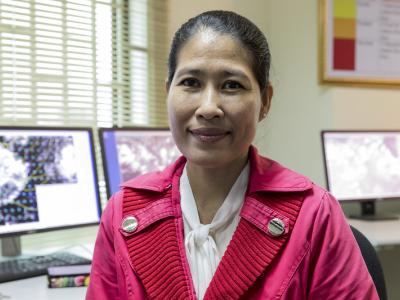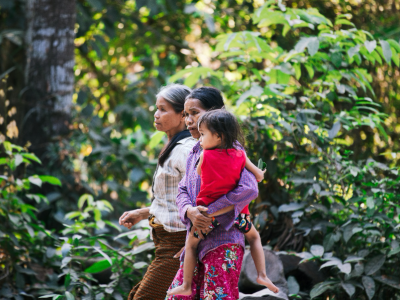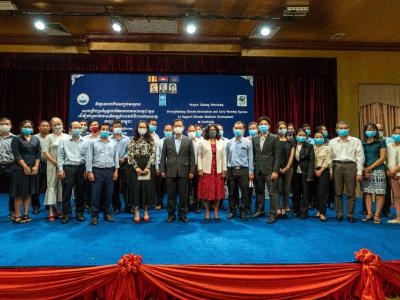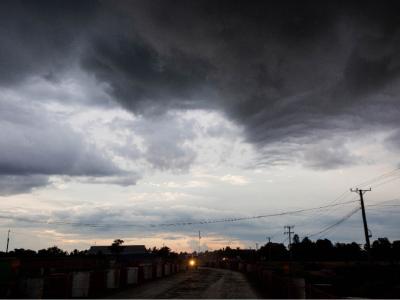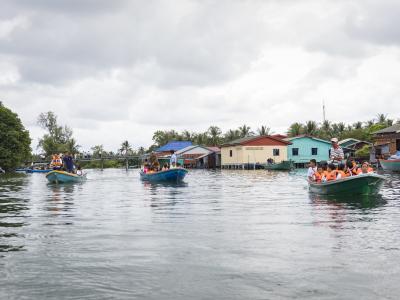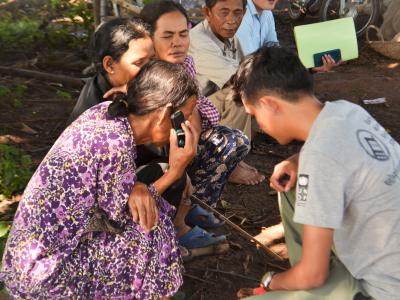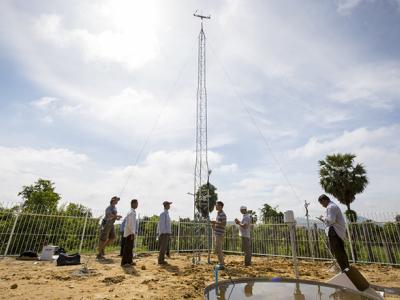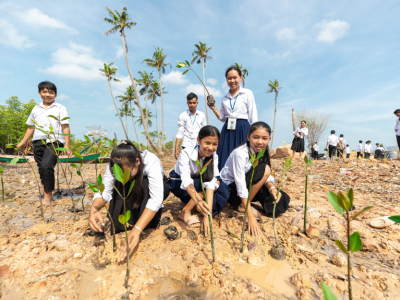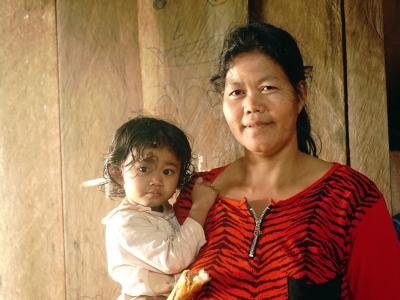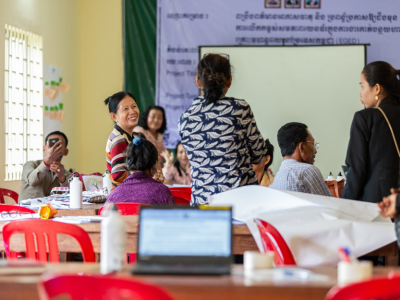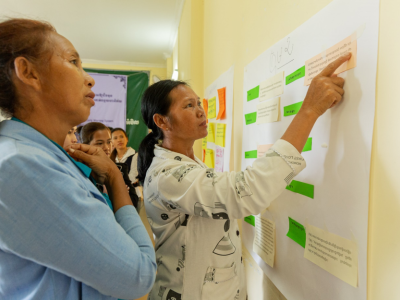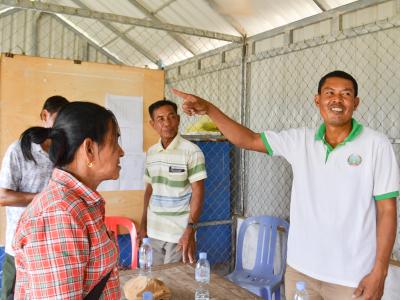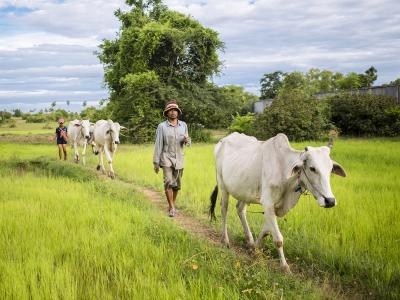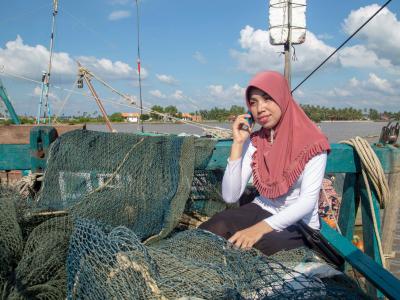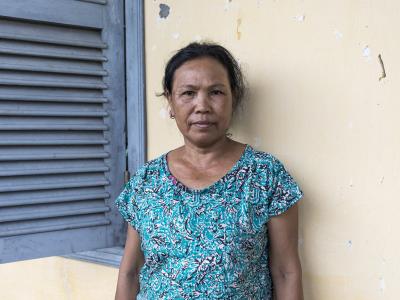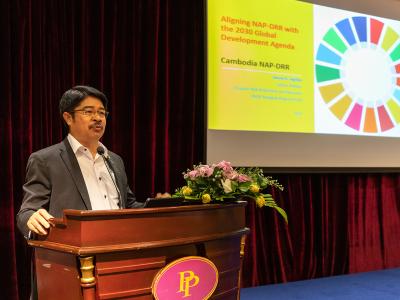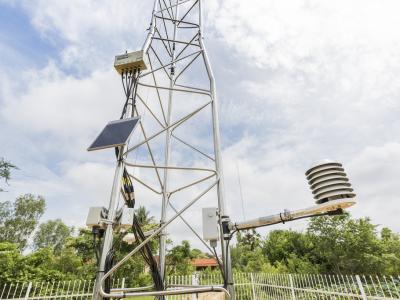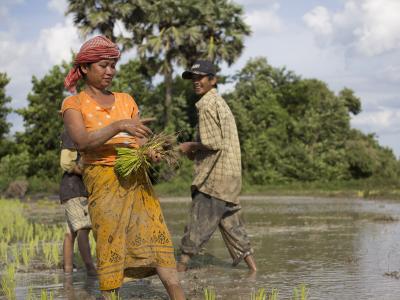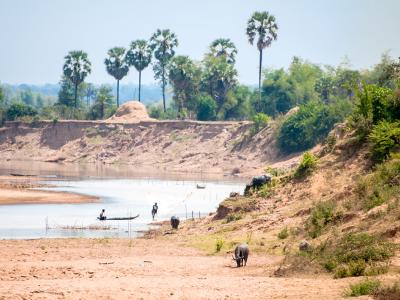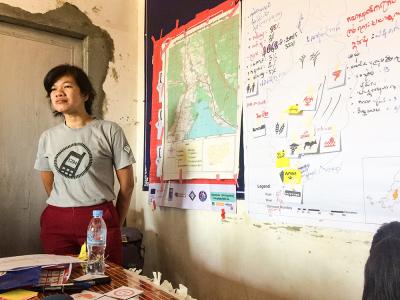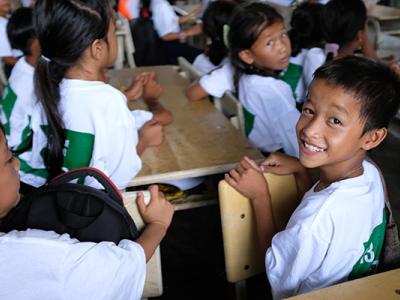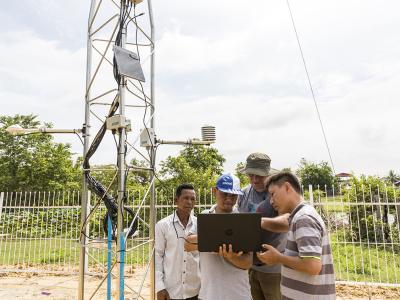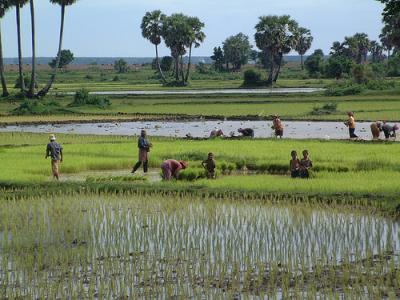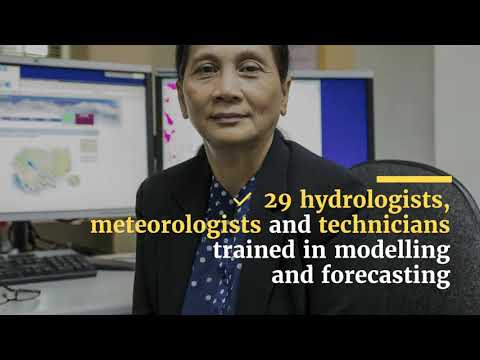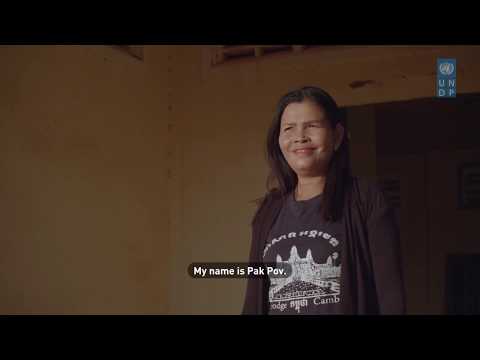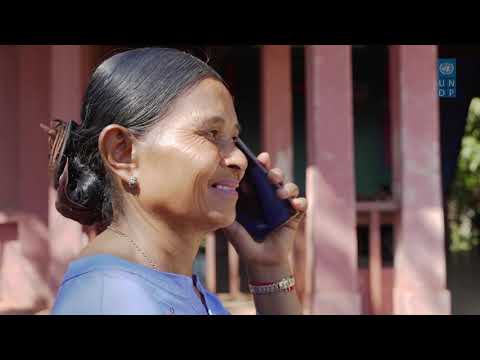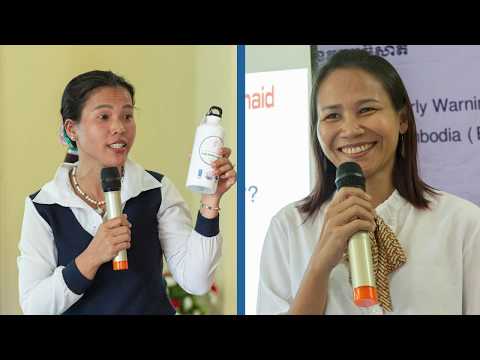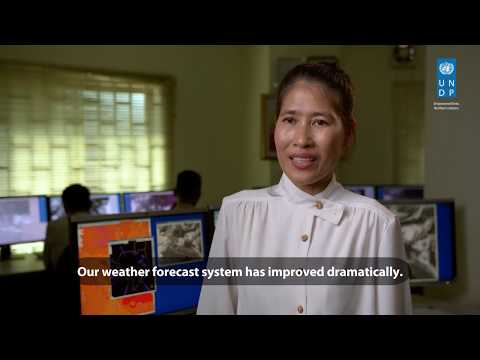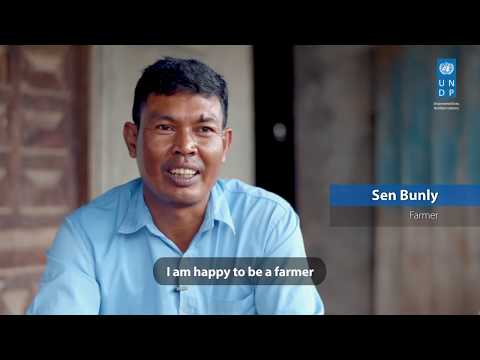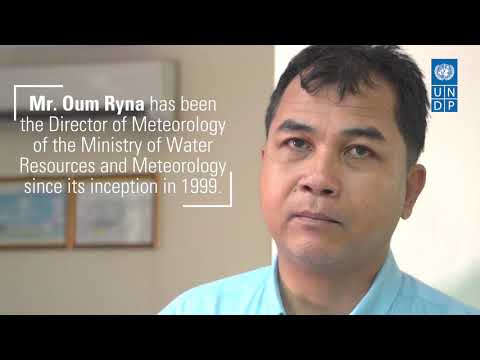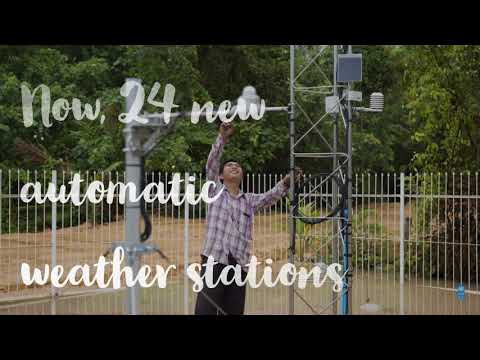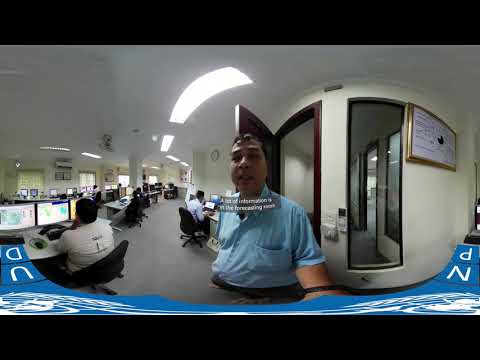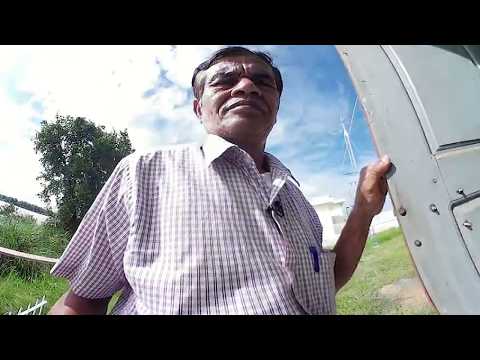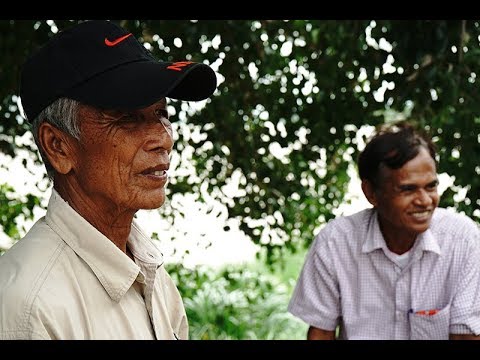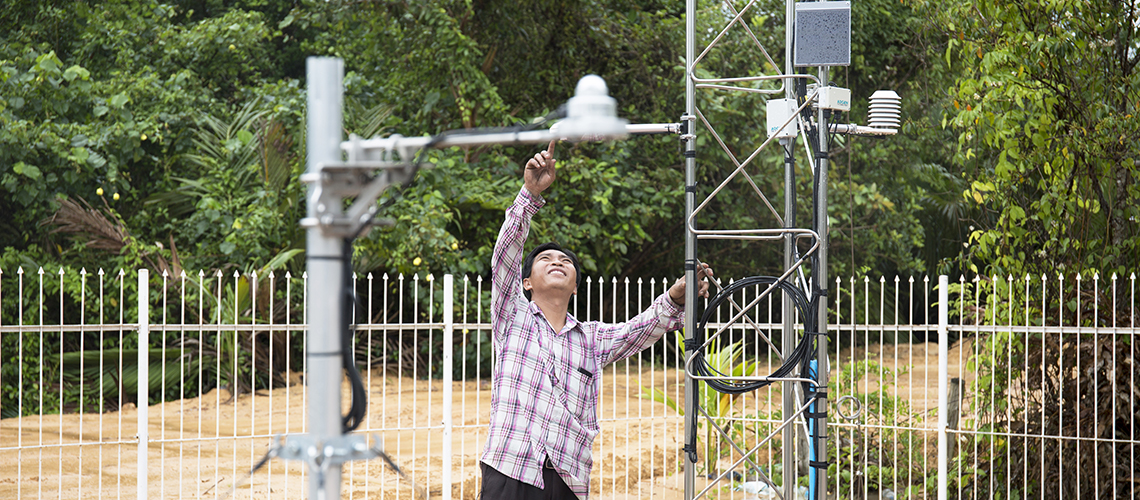
Cambodia is facing mounting development challenges due to climate change. Longer dry seasons and shorter, more intense rainy seasons are resulting in increased frequency and severity of disasters, including floods and droughts.
Recovery from such events stretches limited public resources and forces shifts in development priorities. At the same time, climate change is also impacting agricultural production, affecting household level income and putting pressure on food security.
Supported with funding from the Global Environment Facility-Least Developed Countries Fund, this project (2015-2020) supported the Royal Government of Cambodia to bridge existing gaps in institutional capacity, inter-ministerial coordination, and infrastructure. It focused on enhancing the inclusion of climate change considerations in short and long-term planning, sectoral planning and other decision-making processes. Data generated through installed hardware, along with risk mapping and forecasted data, is being made available to specifically benefit agriculture and water management sectors in their planning processes.
Under the project:
- 24 automatic weather stations and 29 automatic hydro stations have been installed
- 29 hydrologists, meteorologists and technicians have been trained in modelling and forecasting
- A Forecast Application for Risk Management (FARM) Field School curriculum has been developed
- A seasonal forecast system (‘FOCUS’) has been established
- Three national climate outlook forums (‘Monsoon Forums’) have been hosted
- Drought Information Hubs (InfoHubs) have been established in Takeo, Kampot, Kampong Chhnang, Pursat, Battambang, Kampong Speu, Kampong Thom and Siem Riep provinces
- More than sixty trainings have been conducted for local agricultural cooperative leaders, farmers and partners on drought-resistant agricultural techniques
- Five international partnerships and four local partnerships have been forged
- 23 'Women Champions' have been trained in disaster risk reduction and early warning systems
- More than 1300 farmers have been trained in drought-resistant agricultural techniques
- 24,628 more Cambodians have been subscribed to early warning phone service EWS1294 in UNDP-supported provinces
- Standard Operating Procedures for Multi Hazard Early Warning Systems have been developed, along with a National Groundwater Management Strategy, a National Drought Study and Drought Management Manual for Cambodia, and a National Disaster Risk Reduction Framework 2019- 2030 and National Action Plan for Disaster Risk Reduction 2019-2023
- 2,369 children have been trained in school safety drills
Full results of the project are captured in the book 'Weather Stations, Women Champions and Water Management: Changing the Face of Early Warning in Cambodia', available in Khmer and English language.
- National
- National Governments
- Cambodia’s Ministry of Water Resources and Meteorology (MoWRAM)
- United Nations Development Programme (UNDP)
- Global Environment Facility (GEF)
'Weather on the web: How Cambodians are predicting the days ahead', UNDP Cambodia, September 2020. The ‘Strengthening Climate Information and Early Warning Systems in Cambodia’ project recently commissioned an analysis on how Cambodians are engaging with the Ministry of Water Resources and Meteorology on the web, including its website and Facebook page.
'Tailored itineraries and construction deadlines: How the private sector could change Cambodia’s climate information services', UNDP Cambodia, August 2020. The UNDP-supported project ‘Strengthening Climate Information and Early Warning Systems in Cambodia’ has commissioned a report on the potential for private sector engagement with early warning systems in the country.
'‘These ideas are brave’: Exchange visit shifts perspectives of agriculture leaders in Cambodia', UNDP Cambodia, August 2020. Under an initiative aimed at reducing the impacts of droughts in at-risk provinces, exchange visits are providing leaders with the opportunity to see large-scale, sustainable application of drought resistant agricultural techniques up close.
'Drought Infohubs: from drought trigger points to Prokah for drought co-ordination', UNDP Cambodia, August 2020. Under a partnership with DanChurchAid, Drought Infohubs launch in the drought-affected provinces of Kampong Cham, Kampong Thom and Siem Riep. The InfoHubs will help improve co-ordination and information-sharing between government departments and other actors, supporting early warning and response.
'Lack of historical disaster data a thing of the past with CAMDI update', UNDP Cambodia, August 2020. With the support of the project, Cambodia is enhancing understanding of the Sendai Framework for Disaster Risk Reduction (2015-2030) and how the framework aligns with a recent update of the Cambodia Disaster Loss and Damage Information System (known as ‘CAMDI’).
'Combining the power of the sun and water to create drought-resilient communes in Cambodia', UNDP Cambodia, July 2020. To support communities experiencing water shortages - expected to increase with climate change - six solar water pumps are to be installed across three provinces (two in Pursat, one in Kampot and three in Koh Kong) under a partnership with ActionAid Cambodia.
'Before and now: lived experiences of early warning systems during a flood', UNDP Cambodia, January 2020. To assist the community of Tuol Dambang, People in Need (PIN) Cambodia partnered with UNDP to expand EWS1294, a phone-based disaster alert system, and to install water sensors which support more accurate flood forecasting and warning.
'UNDP report first step in developing drought indicators for Cambodia', UNDP Cambodia, January 2020. One of the major challenges related to slow-onset droughts in Cambodia is a lack of indicators; that is, at what point a lack of water is considered a drought. UNDP is hoping to address the issues by commissioning a National Drought Study under the project, ‘Strengthening Climate Information and Early Warning Systems in Cambodia’.
'Regional Collaboration Focus of Lower Mekong Early Warning System Conference', UNDP Cambodia, December 2019. Bringing together key representatives from Cambodia, Vietnam, Laos, Thailand and Myanmar, the Lower Mekong Early Warning Systems Conference has seen participants share experiences of early warning systems with discussions and demonstrations also centering around technology and the future of the Lower Mekong system.
'National Groundwater Strategy for Cambodia means more water for the future', UNDP Cambodia, November 2019. UNDP-supported analysis supports development of a National Groundwater Strategy for Cambodia, to be executed by the Department of Water Supply and Sanitation in the Ministry of Water Resources and Meteorology (DWSS/MoWRAM) in partnership with UNDP and other non-government organizations and private sector.
'In preparation for the season ahead, Cambodia concludes its 8th Monsoon Forum', UNDP Cambodia, November 2019. Cambodia has held its 8th Monsoon Forum, the second such forum for the year. It is a crucial event for a country in which agriculture accounts for almost a quarter of GDP.
'Women changing the world: What happens when you combine disaster risk management and gender equality', UNDP Cambodia, October 2019. Training provided by ActionAid Cambodia and United Nations Development Programme (UNDP) on gender equality in disaster risk reduction has changed the lives of Ms. Samrith Mao, Ms. Pak Pov, Ms. Nuon Sothy, and Ms. Nov Siphon and in turn, changed their villages, communes and districts.
'A drum, metal pipe and rice byproduct: simple innovation is revolutionising drought preparedness in Cambodia', UNDP Cambodia, September 2019. Farming community leaders take part in Drought Resistant Agricultural Techniques, equipping them to teach their communities simple techniques which can bring dramatic change during the times of drought.
'What is the weather next week? Weather forecasting allows Cambodian farmers to see the future', UNDP Cambodia, August 2019. In partnership with Regional Integrated Multi-Hazard Early Warning System (RIMES), meteorologists take part in Numerical Weather Prediction (NWP) modelling training. learning the NWP model, a mathematically-based modelling system allowing short-term meteorological forecasts of up to 10 days.
'“We need timely information”: When floods are normal, warning is critical', UNDP Cambodia, August 2019. Weather early warning service 'EWS1294' is reaching communities previously not covered by information and alerts.
'New report provides foundation for better flood management in Cambodia’s Prek Thnot River Basin', UNDP Cambodia, June 17 2019. New report finds work to be done to improve flood management and early warning in Prek Thnot River Basin.
'“We never give up now”: drought training empowers local communities in Cambodia', UNDP Cambodia, May 2019. Training of agricultural cooperative members and leaders provides new opportunities for a stronger future in the provinces of Takeo and Kampot.
'Communities helping communities: the role of agricultural cooperatives', UNDP Cambodia, May 16 2019. Agricultural cooperatives provide financial, practical and technical support within communities. A look at one successful cooperative in Dokpor, Takeo, by Kelsea Clingeleffer.
'Integrating early warning into upcoming National Action Plan for Disaster Risk Reduction a priority for Cambodia', UNDP Cambodia, May 10 2019. Frameworks which prevent, not react, to disasters and establishing effective early warning systems the focus of a national workshop held in Siem Reap.
'Five Ways to Build a Climate-ready Cambodia', UNDP Cambodia, April 3 2018. On World Meteorological Day, Muhibuddin Usamah, Project Manager, elaborates on climate change impacts and building resilience in Cambodia.
Adapting to climate change through drought-resistant agriculture in Cambodia by UNDP Climate on Exposure
- UNDPYusuke TaishiRegional Technical Advisor, Climate Adaptation
- UNDPMuhibuddin UsamahProject Manager

